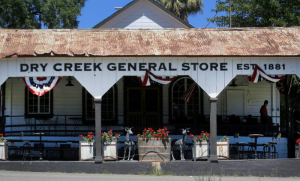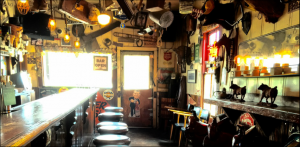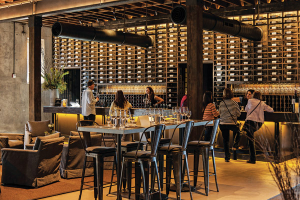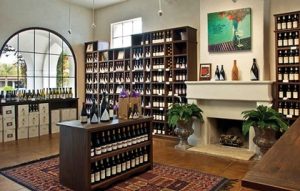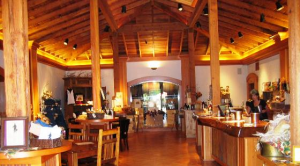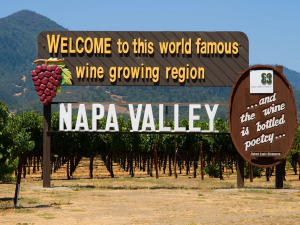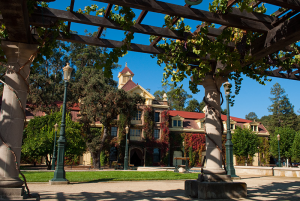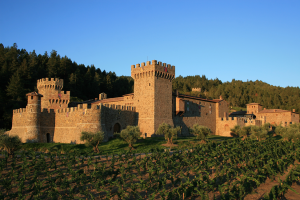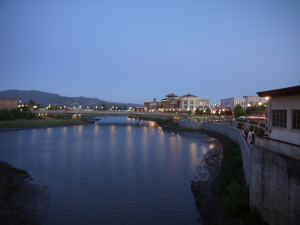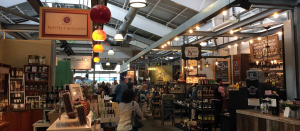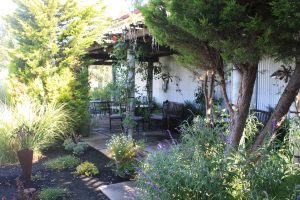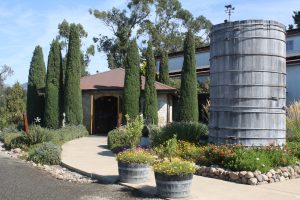For many years, Long Island was famous for certain agricultural products, specifically ducklings and potatoes. Then, 45 years ago Alex and Louisa Hargrave thought that the soil and climate of the North Fork of eastern Long Island would provide the right terroir for wine grapes. Today, there are 38 wineries in the North Fork AVA. The fact that they exist is a testimonial to the Hargraves’ vision, but from the perspective of a wine tasting enthusiast, it is only recently worth the trip to try the wines.
We have been visiting the North Fork Wine Country for roughly 25 years and for most of that time, we would have had to say that wine tasting in this region amounted to a pleasant day in the country. It was not an expedition for the purpose of serious wine tasting. The wineries were ambitious and the wines showed promise but they were, in our opinion, mostly poorly made and overpriced. Growers were and still are planting too many varietals, most of which are not supported by the terroir. Based on some recent tastings, we are pleased to say that the quality has improved sufficiently that a visit to the North Fork can be rewarding in terms of the wines themselves, while still offering attractive surroundings and attractions other than wine alone.
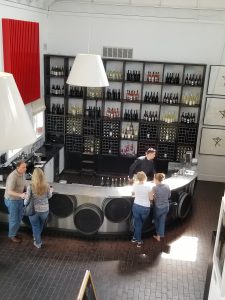 The tasting room at Bedell Cellars
The tasting room at Bedell Cellars
While there are still too many varietals at almost every winery, a consensus seems to have been reached as to what the North Fork does well: Sauvignon Blanc in the whites and Cabernet Franc in the reds. We guess that there is a market for Chardonnay, Cabernet Sauvignon and Merlot, since they are still being produced, but they do not measure up to the quality we have sampled of the two varietals we mentioned. It would seem that there has been more investment in wine making technology as well.
We certainly didn’t like everything we tasted, but we could say the same thing about Napa Valley, Bordeaux or Tuscany. Not that Long Island’s wineries are at the level of those exalted regions, but it is fair to say that tastes differ and that the North Fork has established itself as an area with some well-made wines. There are also charming villages that take advantage of Long Island’s agricultural and maritime traditions that can round out a visit, beyond wine tasting.
There are still some negatives that should be mentioned. It is a long trip from Manhattan to the North Fork, at least two hours each way. We have decided that in the future we will not go there for day trips but will stay over at a hotel or an inn. That will give us the opportunity to try some of the restaurants that are open only in the evenings or for lunch only on weekends when this sector of Wine Country can be quite crowded. Many wineries feature live music and picnicking in the summer, placing more emphasis on tourism than on the wines for their own sakes.
Is the North Fork AVA a destination for wine tasting adventurers? We would say “yes”, especially if they have other reasons to be on the island, outside New York City. (It takes an hour to leave the city.) A degree of open-mindedness is still called for but a visit there can provide some rewarding new tastes.
